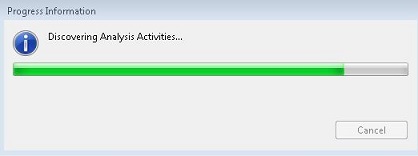Other Parts Discussed in Thread: SYSBIOS
Tool/software: TI-RTOS
I'm using the launchpad for the MSP432P401R and a simple TI-RTOS example. I have a UART receiving characters on an ISR and posting them to an RTOS mailbox. I have a task blocking on the mailbox (waiting with a long timeout) for characters to arrive. (I realize this may not be the most efficient solution but its a start!) I get a burst of 20 characters and they get posted to the mailbox in the ISR and very quickly. But it takes from 170usec to ~100msec for the task to wake up and receive the characters through the mailbox. Once they start to arrive, they come in very fast. The task waiting on the mailbox is the highest priority in my system (10).
I disabled the idle_powerfunc thinking I was going into low power state. No change.
I tried adjusting the timeout on the mailbox pend and it seems to have no affect (even a short one doesn't return from the call which should timeout).
If you can provide a tutorial, I might be able to learn more using the logging but all the tutorials I found are pretty old.




